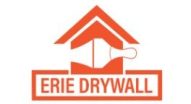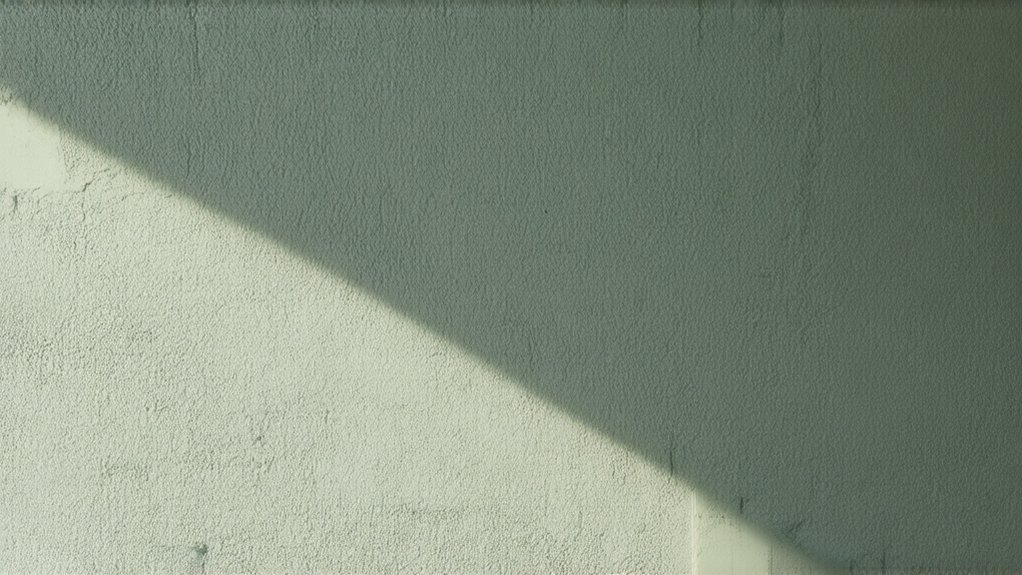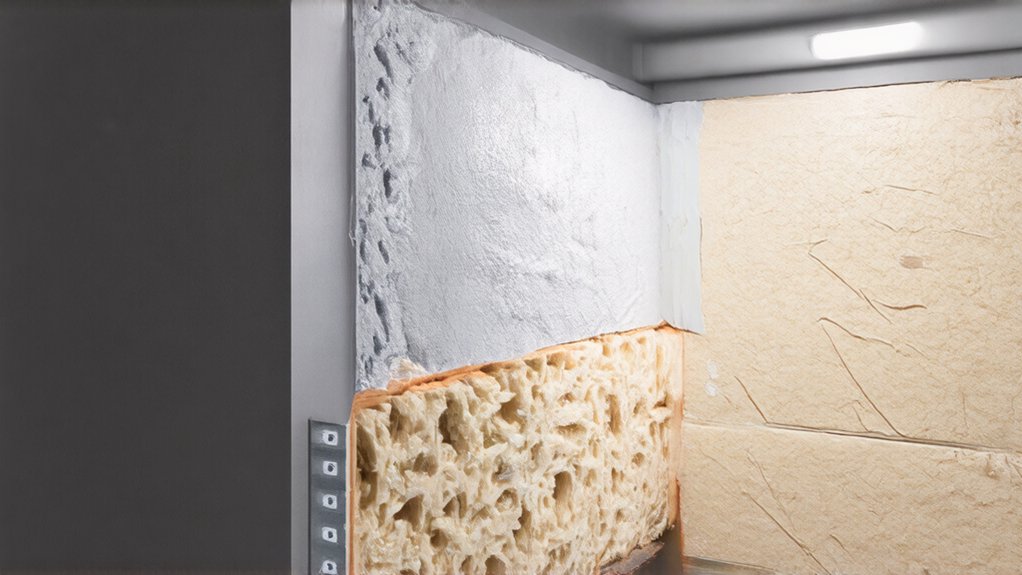Erie's unique lakeside microclimate can wreak havoc on your drywall, causing expansion, contraction, and damage from extreme temperature and humidity shifts. You'll notice hairline cracks, subtle warping, and discoloration as early warning signs. By investing in moisture barriers, waterproof primers, and maintaining consistent indoor humidity, you can protect your walls. Strategic interventions now can save you costly repairs later. Want to safeguard your home's interior?
Understanding Erie's Unique Microclimate Challenges
If you've lived in Erie, Pennsylvania, you're likely familiar with its unique and challenging microclimate. The area's seasonal precipitation patterns create complex environmental conditions that directly impact your home's infrastructure, especially drywall. Local soil composition further complicates moisture management, making your property more susceptible to humidity-related issues. Erie's proximity to Lake Erie generates significant moisture fluctuations, which can cause unexpected expansion and contraction in building materials. Local drywall professionals can help homeowners navigate these complex environmental challenges through expert repair and installation services.
Understanding these microclimatic details helps you proactively protect your home's structural integrity. By recognizing these regional challenges, you'll be better equipped to maintain your drywall and prevent potential damage.
The Impact of Seasonal Humidity on Drywall Structures
Erie's microclimatic conditions set the stage for a complex relationship between seasonal moisture and your home's drywall structures. Understanding this variable helps protect your investment and maintain structural integrity. Drywall installation experts in Erie recommend using moisture-resistant materials to enhance durability against regional climate challenges.
Key humidity challenges for drywall include:
- Moisture content fluctuations causing expansion and contraction
- Thermal expansion leading to potential cracking
- Seasonal humidity changes impacting structural stability
Your drywall's resilience depends on proactive management. By monitoring humidity levels and implementing strategic ventilation, you can mitigate potential damage. Proper insulation and climate control strategies will help your home withstand Erie's unique environmental conditions, ensuring your drywall remains sturdy and intact throughout seasonal shifts.
Temperature Fluctuations and Drywall Stress Factors
Temperature variations in Erie can wreak havoc on your home's drywall, creating stress points that compromise structural integrity. As thermal stress cycles intensify, your walls experience constant expansion and contraction, leading to potential cracks and damage.
Humidity variation patterns compound these challenges, causing additional strain on your drywall's structural composition. You'll notice these changes most dramatically during Erie's fluctuating seasonal shifts, where winter's cold meets summer's heat.
Understanding these fluid dynamics helps you protect your home, preventing costly repairs and maintaining your property's value. Proactive monitoring and strategic interventions can mitigate these temperature-related risks.
Identifying Early Signs of Weather-Related Drywall Damage
Weather-induced drywall damage often reveals itself through subtle yet telling signs that homeowners can spot with careful observation. When identifying early cracks and recognizing moisture buildup, you'll want to pay close attention to your walls' condition.
Here are key indicators to watch for:
- Hairline cracks near corners and joints
- Discoloration or slight yellowing of wall surfaces
- Subtle bubbling or slight warping in drywall panels
These signs might seem minor, but they're your first warning that Erie's unpredictable climate could be compromising your home's structural integrity. Catching these early can save you significant repair costs and prevent more extensive damage.
Preventative Maintenance Strategies for Local Homeowners
Since moisture and temperature fluctuations can wreak havoc on your home's drywall, proactive homeowners in Erie have several effective maintenance strategies at their disposal. You'll want to establish seasonal maintenance schedules that include regular inspections and preemptive moisture control.
Check your walls for subtle changes in texture, discoloration, or soft spots during spring and fall shifts. Utilize a dehumidifier during humid months and guarantee proper ventilation in bathrooms and kitchens.
Seal any potential water entry points around windows and doors, and contemplate applying moisture-resistant paint to susceptible areas. Your diligence can safeguard your home's structural integrity.
Professional Solutions for Drywall Protection
While homeowners can implement many preventative measures, sometimes professional intervention becomes necessary to protect your drywall from Erie's challenging climate conditions. Professional solutions offer extensive moisture control methods that safeguard your home's interior.
Key professional approaches include:
- Thorough moisture assessment and targeted remediation
- Advanced humidity control system installation
- Expert drywall repair and protective coating application
When selecting a contractor, prioritize credentials, local experience, and proven track record in managing Erie's unique climate challenges. Certified professionals understand regional moisture dynamics and can recommend customized solutions that preserve your drywall's integrity, preventing costly long-term damage and ensuring your home remains comfortable and protected.
Cost-Effective Techniques to Preserve Interior Wall Integrity
Erie's demanding climate challenges homeowners with persistent moisture threats that can compromise interior wall integrity, making proactive and budget-friendly preservation strategies essential.
You'll want to invest in cost-effective moisture barrier application techniques that protect your walls from humidity's damaging effects. Specialized drywall surface treatments can provide an affordable shield against Erie's unpredictable weather conditions.
Sealing small cracks, applying waterproof primers, and maintaining proper indoor humidity levels are practical steps you can take. By implementing these economical methods, you'll safeguard your home's walls, prevent costly repairs, and maintain a comfortable, resilient living environment.
Frequently Asked Questions
Can Erie's Humidity Really Cause Significant Damage to My Home's Drywall?
You'll definitely experience drywall damage when Erie's humidity causes condensation buildup and insulation problems. Don't worry, though—with proper wall protection and moisture management, you can safeguard your home and maintain its structural integrity.
How Quickly Can Weather Impact Drywall in an Older Erie House?
In Erie's older homes, you'll notice drywall can quickly react to seasonal moisture shifts and temperature fluctuations. These changes might cause warping or cracking within weeks, especially if your home isn't properly insulated or ventilated.
Is Professional Drywall Treatment More Expensive Than DIY Moisture Control?
You'll find professional drywall treatments cost more upfront, but they're worth it. DIY installation might save money initially, but professional inspections catch hidden moisture issues, potentially preventing costly future repairs in your home.
What Are the Most Common Signs of Weather-Related Drywall Deterioration?
You'll notice warping patterns and panel cracking as key signs of weather-related drywall damage. These telltale indicators suggest moisture's impact, revealing where your home's walls are struggling against Erie's challenging climate conditions.
Do Seasonal Temperature Changes Directly Affect My Home's Interior Walls?
Yes, seasonal temperature shifts can profoundly impact your home's interior walls. Home humidity fluctuations cause drywall to expand and contract, potentially leading to cracks, warping, and structural stress that affects your living space's comfort and integrity.



